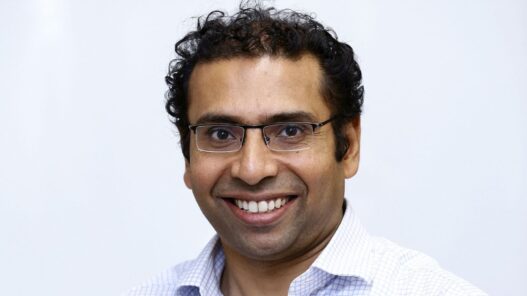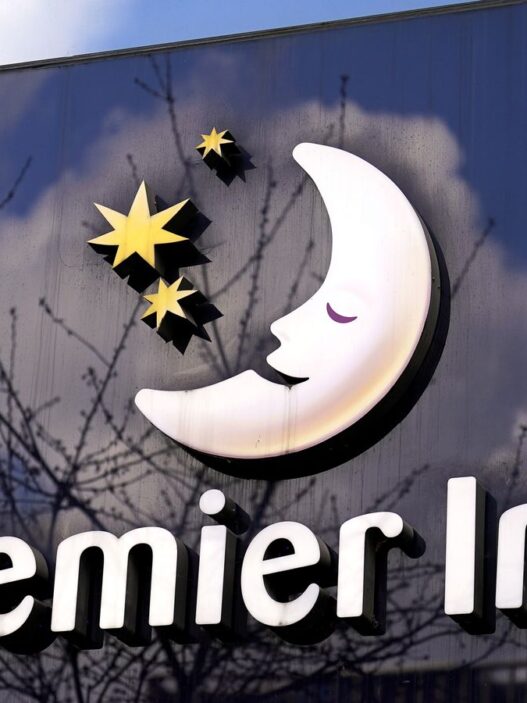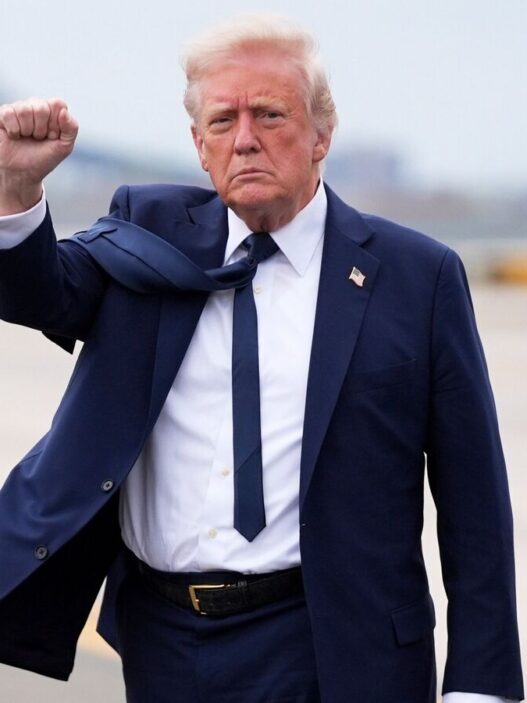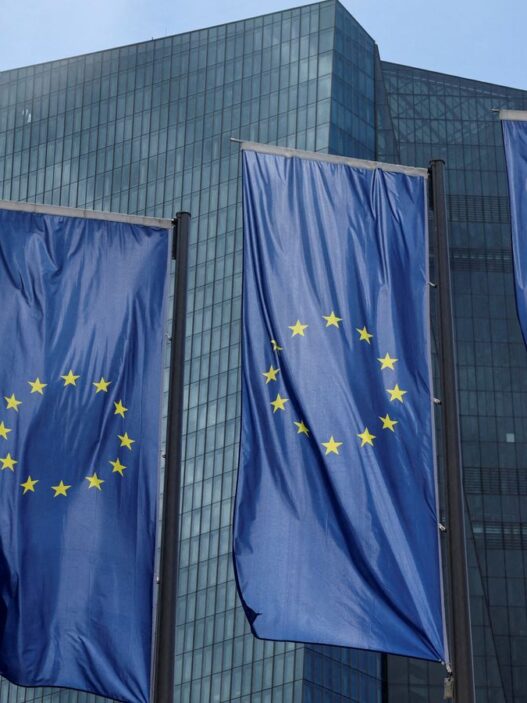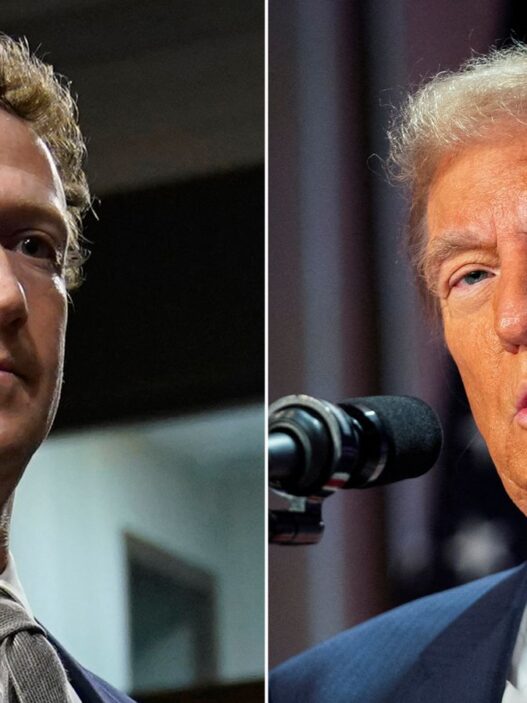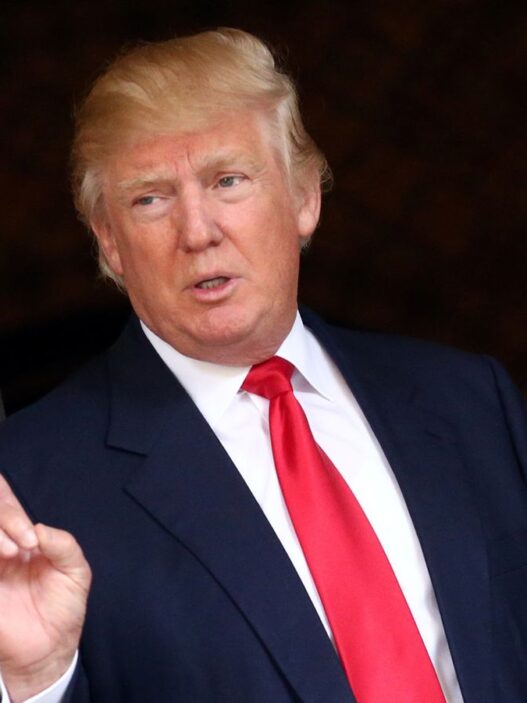His allocation to global equities has doubled over the last five years—to 40% from 20%, Mukherjea shared in an interaction with Mint for the Guru Portfolio series. He also explained why he fears that, without careful financial planning, Indian middle-class households may get caught up in a debt trap. In this series, leaders in the financial services industry share how they manage their money.
Asset mix
Mukherjea has always been an equity-heavy investor, with 90% of his portfolio in equities and 10% in bank fixed deposits for contingencies. “Bank fixed deposits (FDs) account for two years worth of living expenses,” he says.
As far as equities go, 40% of his portfolio is in large-cap Indian equities, 10% is allocated to small-caps through Marcellus Little Champs and 40% exposure to global equities.
The large-cap exposure is equally split through Marcellus Consistent Compounders and the National Pension System (NPS). The global exposure is equally divided between Marcellus Global Compounders and the UK Pension Fund. He says the latter is from the days he started his career in the UK.
Over the past year, Mukherjea’s overall portfolio delivered returns of 6%, while over the last five years, Mukherjea claims his portfolio has delivered annualized returns of 18%.
Mukherjea says he shifted from Indian small-caps to global large- and mid-caps around elections last year. “We felt the Indian economy was softening, but Indian small-caps appeared to be trading at expensive valuations. The global large- and mid-caps were available at attractive valuations. The global mid-caps are still large companies with $10-15 billion of market cap,” he said.
“These are global companies that have been compounding earnings at 15% in dollar terms for the last 40-50 years, which were available at just 13-14 times their earnings,” Mukherjea added.
National Pension System
Mukherjea said he likes to invest in NPS because of low fees and other advantages. “The equity investments in NPS funds are all tracker funds. But over long periods, if the tracker funds have very low fees, you get a decent outcome. Plus, I am getting tax relief, plus my employer, Marcellus, is topping up on my contribution.”
“The other attraction is that I can’t just break open the NPS fund until the age of 60. So, that gives you coffee can-like discipline, which is essentially putting high-quality investments in a tin or coffee can, locking it up and letting it be for 20 years. You are also putting the low-cost index in a tin, which is hard to touch, and you are letting it run,” he added.
Goals
Mukherjea said he has reached the financial target for children’s higher education.
“My son still has two months to decide whether to pursue higher studies in India or overseas. My daughter still has two years to reach that point,” he said.
Once the education goals are out of the way, Mukherjea and his wife want to focus a bulk of their investments on achieving their retirement corpus goals. Mukherjea, who is 49 right now, says they would need ₹20 crore in retirement corpus in today’s money terms. Mukherjea said he has factored in an inflation rate of 8%, which is higher than the consumer price index inflation.
“The CPI-inflation has high weightage of food prices, whereas for the mass affluent class, the cost of living is rising at 7-8%. So, for example, the cost of phones, car, overseas travel, overseas education, healthcare, etc., is rising at a pretty rapid rate,” he pointed out. He added that part of the reason for this higher cost of living is that most of what the mass affluent Indians consume is imported in one form or the other. Hence, the impact of currency depreciation also needs to be factored in.
But as the founder of a PMS firm with assets under management of ₹5,300 crore, hasn’t Mukherjea already accumulated his retirement corpus?
“Marcellus is now a mid-sized asset manager in the Indian context and has profits commensurate with that. However, these profits are not a proxy for my earnings, as Marcellus has many other shareholders, most of whom are employees of the firm. My earnings are similar to those of a senior fund manager working in a large asset management house in India,” he said.
Insurance
Mukherjea says he and his wife have a combined term life cover of ₹5-10 crore. He also has a group health cover of ₹10 lakh from his employer.
Tariff uncertainty
According to Mukherjea, the stock market correction has created more opportunities as the developed world markets may have overreacted. He believes most countries will likely cut a trade deal with the US within the 90-day tariff pause announced by President Donald Trump.
“President Trump appears to be getting countries to the negotiating table. Ultimately, the world will settle into a new normal, which will not be very dissimilar to the old normal, except that the US will attempt to take Barbie-doll type manufacturing away from China back to some place in the US,” he said.
Risks of debt trap
Mukherjea said the Indian middle-class households need to get more serious about their financial planning. He said that industries, which were staple sources of employment for the middle class, are seeing artificial intelligence (AI) take away jobs.
“If you see the Naukri Jobspeak Index, which is a good measure of white collar employment, is going down,” he added.
On the other hand, Mukherjea added that the middle-class debt as a percentage of GDP is among the highest in the world. “Excluding home loans, household debt for the Indian middle class as a percentage of GDP is among the highest in the world, as per our research. So, it is a deadly combination of technology-driven disruption in a young populous country with 10 million graduates annually. And rather than saving plenty, the net household financial savings as per Reserve Bank of India’s data is at a 50-year low,” he said.
“The Indian middle class may have to move away from relying on salaries and adapt to a new world of gig-based economies. More companies will say I don’t need the same person sitting in my office, doing the same repetitive task. My AI can do anything repetitive. This will push more workers to become self-employed as gig workers,” he added.
Mukherjea said he doesn’t hear much conversation about the need for careful financial planning to deal with this uncertainty. “Anyone who is a mid-career professional in their 40s and has 20 years to retirement should be worried, as now there is a degree of uncertainty around these 20 years due to AI. On the contrary, the amount of money people spend on holidays, electronics, clothes, cars, etc., seems to be out of whack with their very modest savings.”

